
Alfa Romeo 4C Coupe (2013-2018) engines, drive and performance
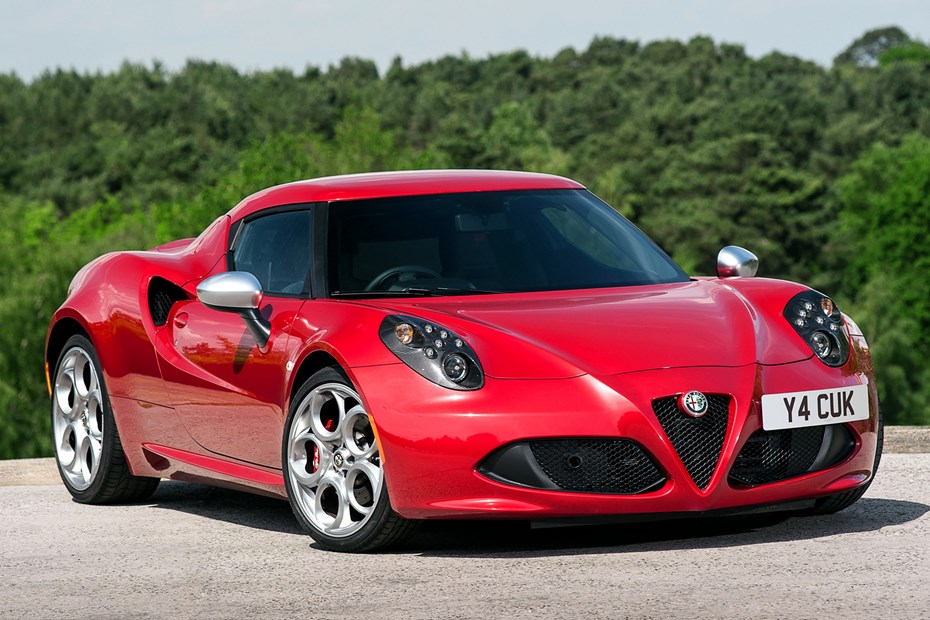
With a kerb weight of less than 900Kg, Alfa Romeo 4C performance is all you could hope for it to be – despite the relatively small 1.75-litre four-cylinder petrol engine. Breathing through a turbocharger it manages to produce 237bhp at 6,000rpm, and more importantly 350Nm of torque at a lowly 2,000rpm. That peak pulling figure continues flatly until past 4,000rpm as well.
That makes the Alfa Romeo 4C an easy car to drive quickly, and you don’t have to rev the engine out to get the best from it. Which is handy since it doesn’t sound especially soulful at the top end, and lacks the appetite for high-revs that many enthusiasts will crave from a highly strung sports car.
There is some drama to be had though, especially with the Race Pack exhaust as fitted to our test car, which blares away from start-up and rapidly increases in noise as you accelerate hard through the gears. A pleasing bark on each upshift will upset bystanders, but it all adds to the car’s sensation of speed (helped by sitting so low to the ground) and the 4C feels properly quick on the road
And there’s no arguing with the figures; given the right conditions the Alfa Romeo 4C will accelerate from 0-62mph in 4.5 seconds, while the top speed is a rated at 160mph. Thanks to the four-piston Brembo brakes and lightweight it’ll stop almost as quickly. In this respect it feels like a proper weapon out on the road, and while the price may have some people baulking, it does at least have supercar-bating performance to back it up.
Adaptive driving dynamics
You’ll need to leave the DNA selectable Driving Mode in Dynamic or Race to get the best from it though, as the other two modes ( All Weather and Natural) dull both throttle and gearbox responses, and from the driver’s seat the Alfa Romeo feels like it’s being held back.
It’s worth controlling the six-speed twin-clutch automatic gearbox yourself with the aid of the steering wheel paddles too, as left to its own devices it can become a little flustered, hunt for gears and kick down when you least desire it.
Double wishbone suspension up front, evolved MacPherson suspension at the rear, interspersed with a full carbon monocoque tub and aluminium chassis extrusions mean the Alfa Romeo 4C is incredibly stiff – and that only helps with precise handling. Certainly with the direct unassisted steering the Alfa feels instantly agile and connected, even at very low speeds. Save for some Lotus products, there’s not much on sale that is directly comparable in this way.
It’ll even ride relatively fluidly like a Lotus, though the Racing Pack does harden the edge of its responses a little. There’s almost no detectable bodyroll either, and combined with a chassis that feels incredibly forgiving (and loaded with grip) there’s none of the nervousness sometimes expected with mid-engined lightweight cars.
Huge amounts of grip
In fact, you can lean incredibly hard on the car’s chassis, and in general grip levels are so high that you’ll never experience any shortcomings at road speeds – to explore the limits of the Alfa Romeo 4C you’ll need to venture onto a circuit instead.
Get there though and some chinks begin to surface through the car’s armour; push the car beyond its natural limit and the 4C will push wide at the front, understeering far more than conventional wisdom might expect. Of course lifting off the throttle will tighten the line, pointing the nose back towards your intended apex in tenths of a second, but the rear fails to come into play. The result is a car that doesn’t feel that adjustable mid-corner.
And while that direct steering feels wonderful at low speeds or on a smooth circuit, on a typical British road – with its camber, potholes, surface scarring, furrows and general imperfections – it turns into information overload, the wheel writhing in your hands at every given moment. We found it sawing from side to side even when travelling along an arrow-straight road. As the nose follows the road’s camber, the driver’s seat becomes an incredibly busy place indeed.
For the first handful of minutes it simply feels involving and engaging, but after five it becomes tiring and frustrating, and you never quite relax behind the flat-bottomed wheel as you wait for it to tug you off in another direction. A firm grip and an alert mind are needed at all times.
On the plus side, while there’s switchable traction and stability control. Overstep the mark and it will cut the power quite abruptly, but such is the level of grip of the chassis that you’ll rarely trigger it and in general you could consider it entirely unobtrusive.




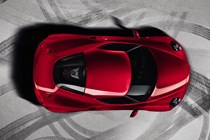
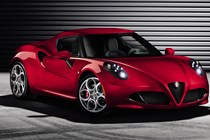
.jpg)
.jpg)
.jpg)
.jpg)
.jpg)
.jpg)
.jpg)
.jpg)
.jpg)
.jpg)
.jpg)
.jpg)
.jpg)
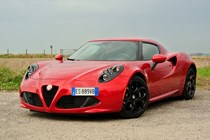
.jpg)
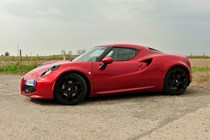
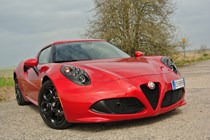
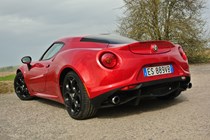

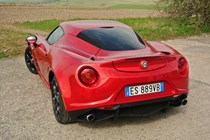
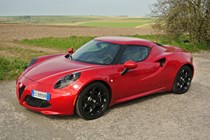
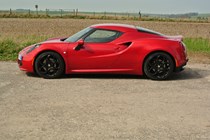
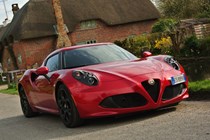

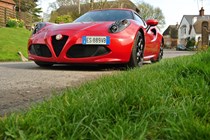
.jpg)
.jpg)
.jpg)
.jpg)
.jpg)
.jpg)
.jpg)
.jpg)
.jpg)
.jpg)
.jpg)
.jpg)
.jpg)
.jpg)
.jpg)
.jpg)
.jpg)
.jpg)
.jpg)
.jpg)
.jpg)
.jpg)
.jpg)
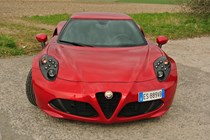
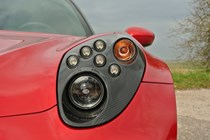
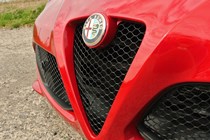

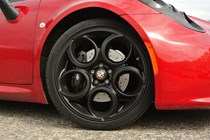
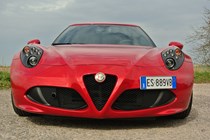
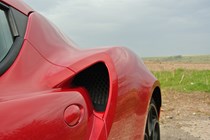
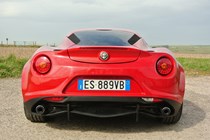
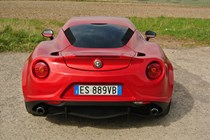

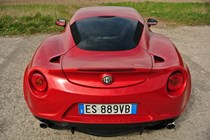

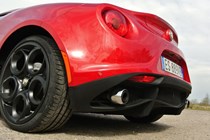
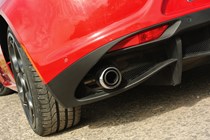
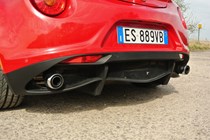
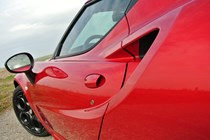
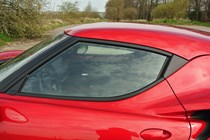
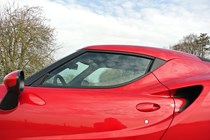
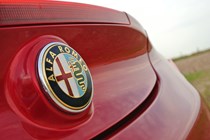
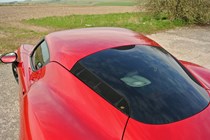
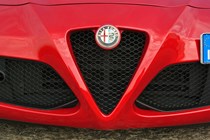
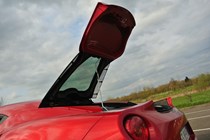
.jpg)
.jpg)
.jpg)
.jpg)
.jpg)
.jpg)
.jpg)
.jpg)
.jpg)
.jpg)
.jpg)
.jpg)
.jpg)
.jpg)
.jpg)
.jpg)
.jpg)
.jpg)
.jpg)
.jpg)

.jpg)
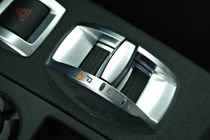

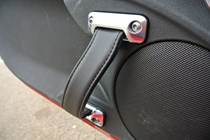
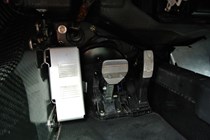
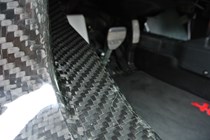
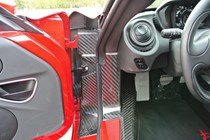
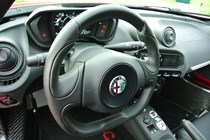
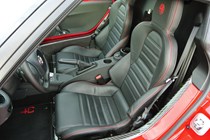
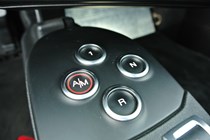
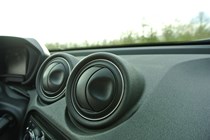
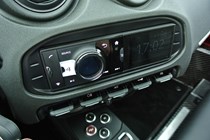
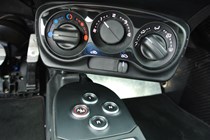
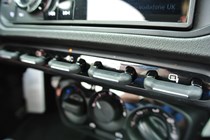
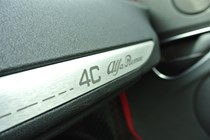
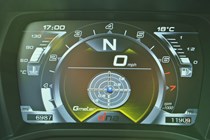
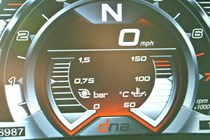

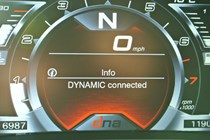
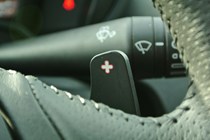

.jpg)
.jpg)
.jpg)
.jpg)
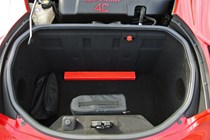
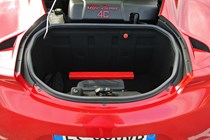
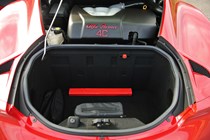
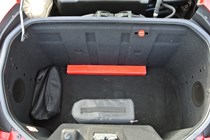
.jpg)
.jpg)
.jpg)

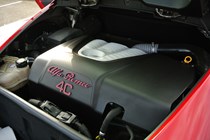




.jpg?quality=50)
.jpg?quality=50)
.jpg?quality=50)
.jpg?quality=50)
.jpg?quality=50)
.jpg?quality=50)
.jpg?quality=50)
.jpg?quality=50)
.jpg?quality=50)
.jpg?quality=50)
.jpg?quality=50)
.jpg?quality=50)
.jpg?quality=50)

.jpg?quality=50)










.jpg?quality=50)
.jpg?quality=50)
.jpg?quality=50)
.jpg?quality=50)
.jpg?quality=50)
.jpg?quality=50)
.jpg?quality=50)
.jpg?quality=50)
.jpg?quality=50)
.jpg?quality=50)
.jpg?quality=50)
.jpg?quality=50)
.jpg?quality=50)
.jpg?quality=50)
.jpg?quality=50)
.jpg?quality=50)
.jpg?quality=50)
.jpg?quality=50)
.jpg?quality=50)
.jpg?quality=50)
.jpg?quality=50)
.jpg?quality=50)
.jpg?quality=50)






















.jpg?quality=50)
.jpg?quality=50)
.jpg?quality=50)
.jpg?quality=50)
.jpg?quality=50)
.jpg?quality=50)
.jpg?quality=50)
.jpg?quality=50)
.jpg?quality=50)
.jpg?quality=50)
.jpg?quality=50)
.jpg?quality=50)
.jpg?quality=50)
.jpg?quality=50)
.jpg?quality=50)
.jpg?quality=50)
.jpg?quality=50)
.jpg?quality=50)
.jpg?quality=50)
.jpg?quality=50)

.jpg?quality=50)




















.jpg?quality=50)
.jpg?quality=50)
.jpg?quality=50)
.jpg?quality=50)




.jpg?quality=50)
.jpg?quality=50)
.jpg?quality=50)

